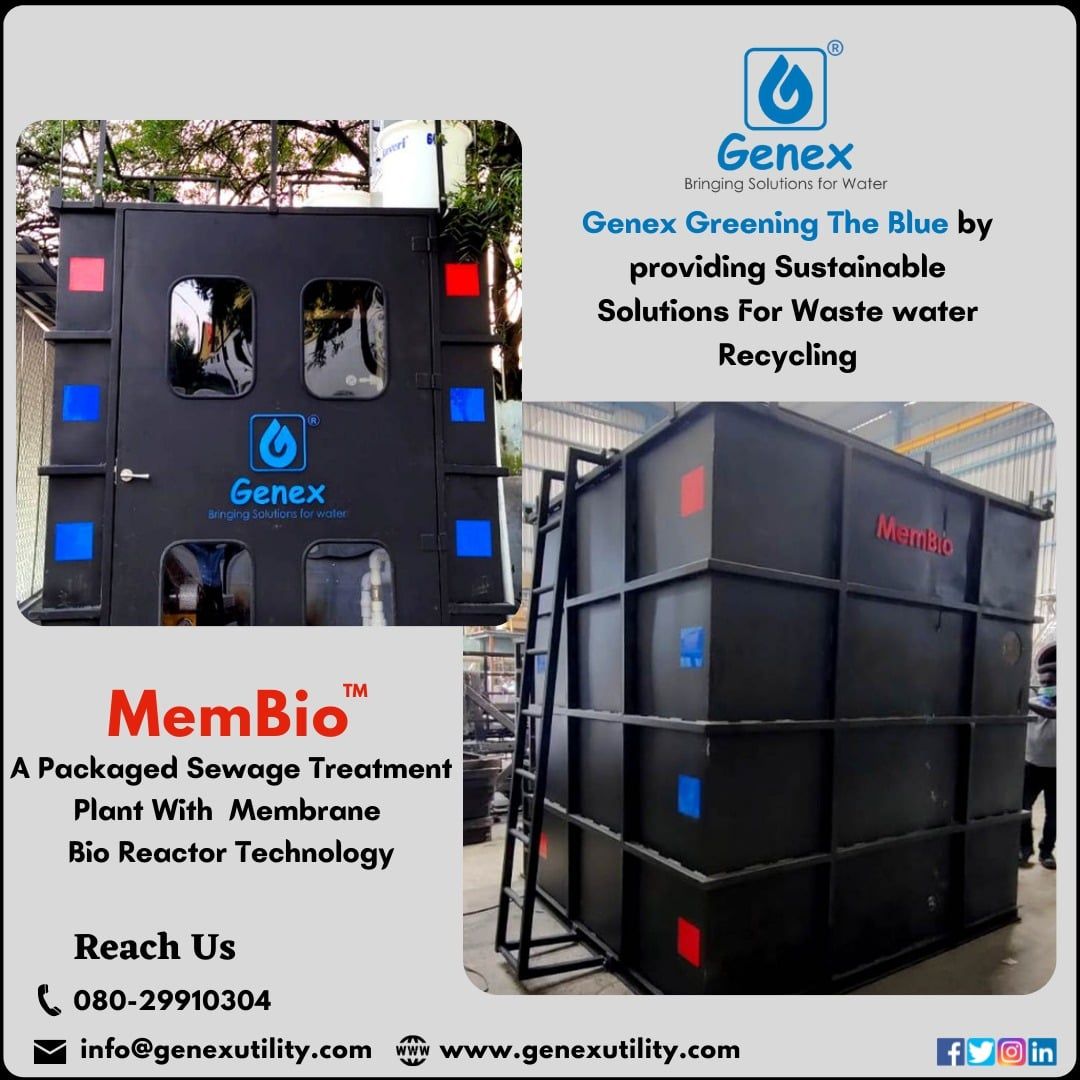Reverse Osmosis Water Purifier
- स्थानीय
Reverse Osmosis (RO) is a separation technique that is suitable for a wide range of applications, especially when salt and/or dissolved solids need to be removed from a solution. Reverse Osmosis water purifier uses a semi-permeable membrane to separate water from the dissolved salts. Accordingly, RO can be used for seawater and brackish water desalination, to produce both waters for industrial application and drinking water. It can also be applied for the production of ultrapure water (e.g. semiconductor, pharmaceutical industries) and boiler feed water. In addition, RO membrane systems are used for wastewater and water reuse treatments
What is the membrane in reverse osmosis?Reverse osmosis differs from filtration in that the mechanism of fluid flow is by osmosis across a membrane. The predominant removal mechanism in membrane filtration is straining, or size exclusion, where the pores are 0.01 micrometers or larger, so the process can theoretically achieve perfect efficiency regardless of parameters such as the solution's pressure and concentration. Reverse osmosis instead involves solvent diffusion across a membrane that is either nonporous or uses nanofiltration with pores 0.001 micrometers in size. The predominant removal mechanism is from differences in solubility or diffusivity, and the process is dependent on pressure, solute concentration, and other conditions.
How does the membrane work in reverse osmosis?In the reverse osmosis process, the membrane allows molecules of certain to pass through it. The osmotic pressure is created by water at different concentrations.


